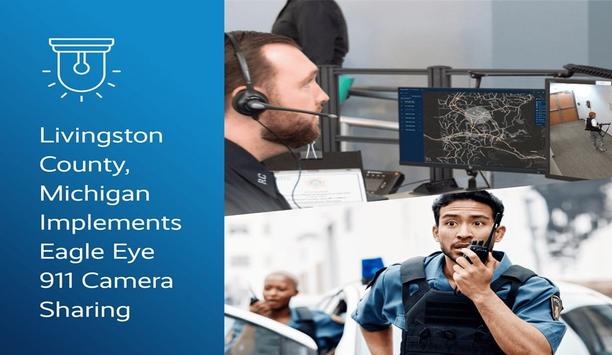 |
Bosch is lending its support to Certalarm, a recently created not-for-profit testing authority |
In particular, Bosch is lending its support to Certalarm, a recently created not-for-profit testing authority established entirely for the purpose of reducing the bureaucracy - and costs - associated with having fire and security products certified for use across Europe. Certalarm is attempting to establish a unique European quality mark based upon a one-stop test and certification, preferably to EN54 fire and EN50131X security standards.
If Certalarm was to be recognised in the market by end users, insurance companies, law enforcement agencies, consultants and specifiers, a great deal of unnecessary paperwork could be avoided according to Paul Wong, Managing Director of Bosch Security Systems:
"At the moment we have this ridiculous situation where a product tested to one European standard for use in one country (eg VdS, AFNOR, IMQ, REQ, NCP, Incert etc) nearly always requires separate paperwork and documentation - and sometimes a separate test - to be used in another.
"One recent example with our own technology involves our Easy Series intrusion detection series that was tested in CNPP in France, but all of the paperwork for certification in Sweden, Norway etc and a number of other countries had to be duplicated. Clearly this leads to a considerable amount of additional administration and cost."
| A Certalarm quality mark would dramatically increase the speed with which new technologies could be rolled out across Europe |
Mr Wong also believes that the current emphasis on self-certification in the UK - without the need for independent testing - is entirely wrong. He suggests that there is a danger of some manufacturers ‘over-stating' their products' capabilities, with end users buying a ‘graded' product that does not make the grade:
"It cannot be right," he argues, "that the market is unable to compare one product against another on a truly like-for-like basis, but this is something that could be instantly overcome if there was one, independent testing scheme recognised by all. Indeed installers should be actively looking for products that have been independently tested as being the best way of ensuring that the product genuinely meets the requirements of the EN50131 standard."
As well as creating a level playing field for products across Europe, Bosch also sees advantages in the speed with which products could be brought to market: "A Certalarm quality mark would dramatically increase the speed with which new technologies could be rolled out across Europe," he says.
"There is nothing holding the industry back, other than its own inertia. It is time for this new scheme to be adopted."
















